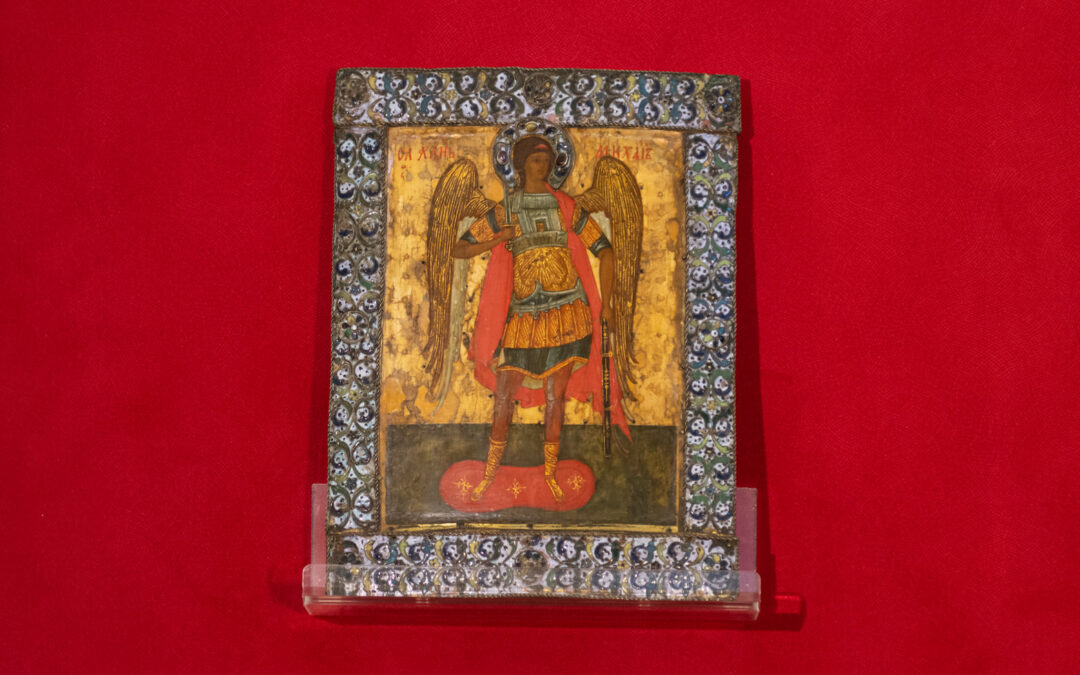A 16th century icon stolen from Poland has been returned to the country after recently being discovered in Germany. It is the first artwork to be returned using a European IT network designed to speed up cross-border administrative cooperation.
The icon, which depicts Archangel Michael, was painted in the second half of the 16th century in Russia by an unknown artist. The work later came to Paris and then to the National Museum in Warsaw, which gifted it to the Museum of Warmia and Masuria in Olsztyn in 1986.
It was stolen in December 1990 from a castle in Olsztyn, where around 100 of the local museum’s icons were being displayed. The thief, who broke into the exhibition room through a window, stole 29 of the most precious icons from the collection.
Last year, it was spotted in a collection of icons in the German city of Recklinghausen by an employee of Poland’s culture ministry, reports Dzieje.pl.
“Browsing works of art all over the world and looking for works of art looted or stolen in Poland is my responsibility,” said Mariusz Wiśniewski, the employee. “Fortunately, it is quite often possible to track something down.”
Wiśniewski’s suspicions were then confirmed by the head of the Department of Early Art at the Museum of Warmia and Mazury, Andrzej Rzempołuch, who said that the icon was made “unique” by its colours and painting technique, as well as a “characteristic” frame.
“This icon could not have been forged so that it would be almost indistinguishable from the original,” he said.
Suspicions about the theft have fallen on Reiner Zerlin, a collector who had delivered the icon, among many others, to the museum in Recklinghausen, whose staff remained unaware it was stolen. But Zerlin has denied the accusations, saying he bought the piece.
Museum officials from Poland and Germany, as well as the Polish culture ministry, then arranged for the icon’s repatriation, drawing on an EU directive to settle such cross-border claims using an online database called the Internal Market Information System (IMI). The icon is reportedly the first artwork to be returned thanks to IMI.
“For the first time in Europe, this procedure was successfully applied,” said Elżbieta Rogowska, director of the culture ministry’s Department of Cultural Heritage Abroad and War Losses. “Thanks to the kindness of the Recklinghausen museum…lengthy court proceedings were avoided.”
For the Olsztyn museum staff, the return of its prized icon is “not only an administrative event, but an event important for the entire museum,” said its director, Piotr Żuchowski.
The icon will now be analysed as the museum considers how to best exhibit it to “comprehensively illuminate the history of this place and this type of painting”.
Main image credit: Łukasz Kulicki/Muzeum Warmii i Mazur w Olsztynie

Maria Wilczek is deputy editor of Notes from Poland. She is a regular writer for The Times, The Economist and Al Jazeera English, and has also featured in Foreign Policy, Politico Europe, The Spectator and Gazeta Wyborcza.



















